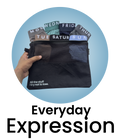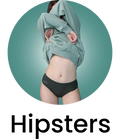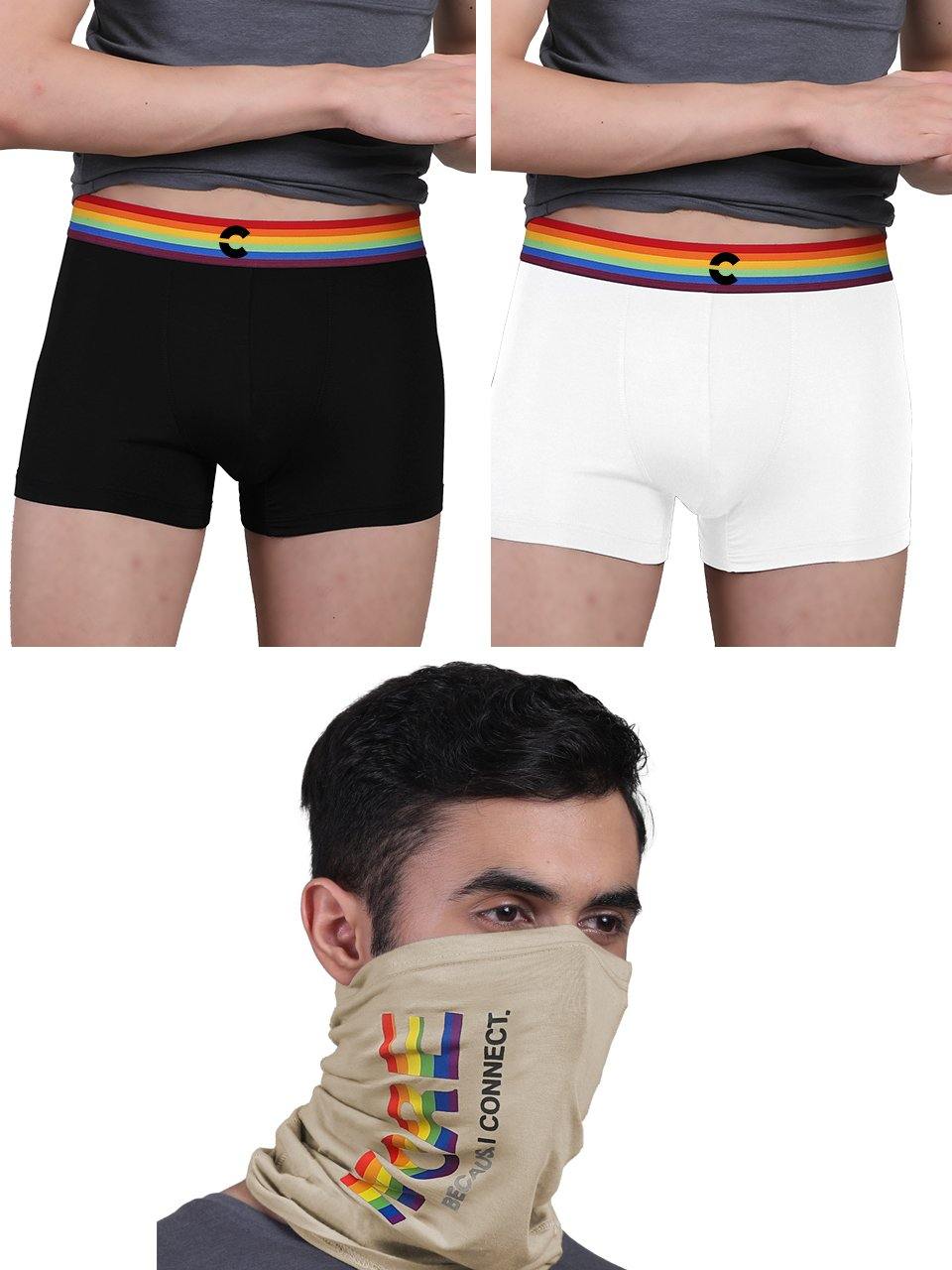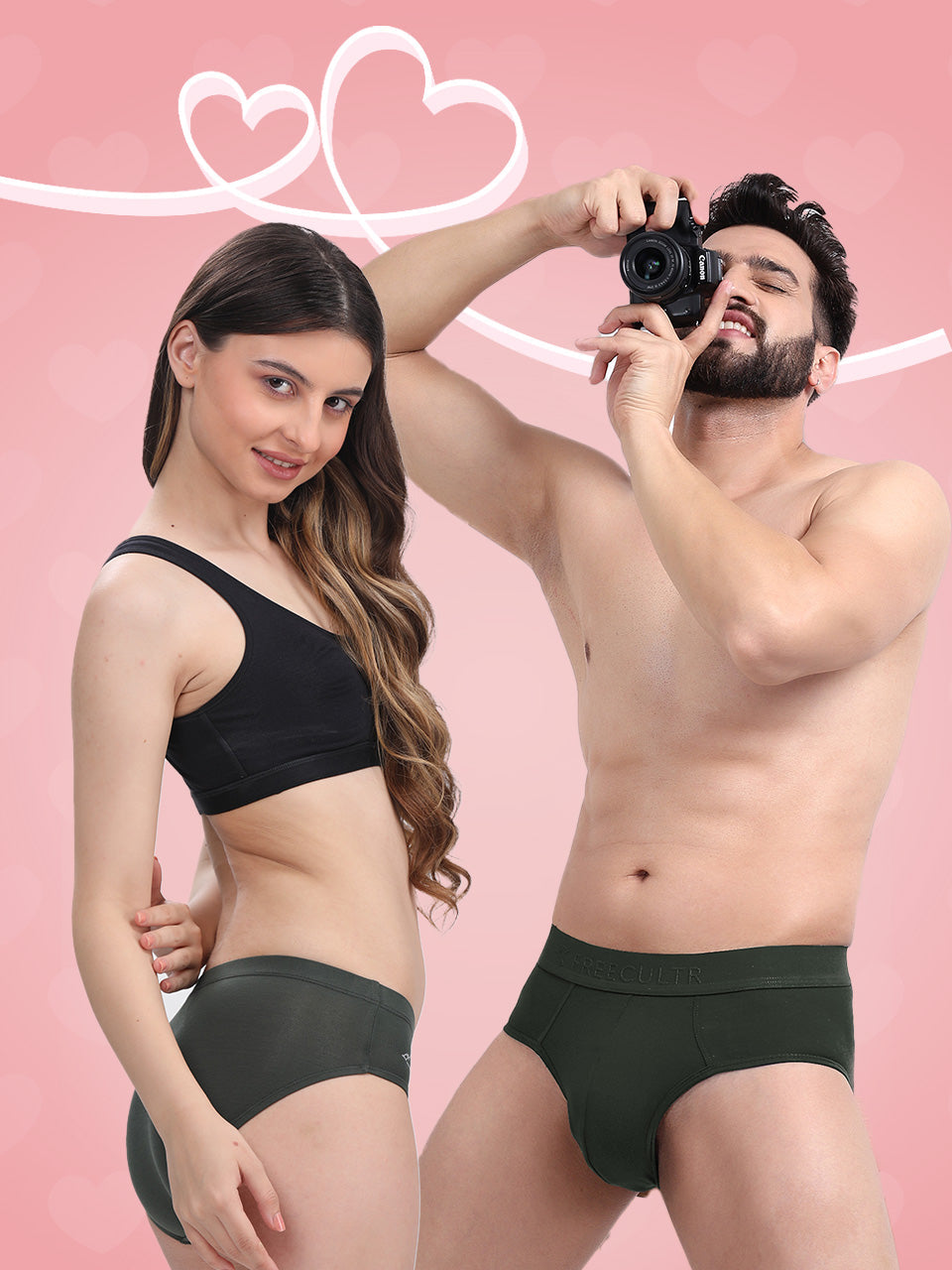The quest for the ultimate tank top experience transcends mere style; it hinges entirely on the fabric’s engineering to deliver unparalleled comfort and enduring performance. From the gym to casual outings, discerning consumers demand materials that actively manage moisture, resist wear. feel exceptionally soft against the skin, shifting focus beyond basic cotton to advanced textile innovations. Understanding the nuances of high-thread-count Pima cottons, moisture-wicking synthetics like recycled polyester, or sustainable options such as Tencel Lyocell is key to optimizing breathability and durability for modern lifestyles. Brands pioneering in this space, notably Freecultr, are redefining expectations for everyday wear, emphasizing innovative fabric science for unparalleled reliability and a remarkably soft, skin-friendly touch that elevates the entire experience.

Why Your Tank Top's Fabric is a Game-Changer
Hey there, comfort seeker! We all love a good tank top. It's that versatile wardrobe staple that sees us through workouts, lazy weekends, scorching summer days. even as a comfy base layer. But have you ever stopped to think about what makes some tank tops feel like a dream while others just... aren't? It all comes down to the fabric! Choosing the right material isn't just about how it looks; it's about how it feels against your skin, how it performs throughout your day. how long it lasts. Getting to know the Best tanktop fabrics can genuinely upgrade your comfort game.
Decoding the DNA of Great Tank Top Fabrics
Before we dive into specific materials, let's chat about what makes a tank top fabric truly great. When you're on the hunt for your next favorite tank, keep these qualities in mind:
- Breathability This is huge, especially for tank tops! You want air to circulate freely, keeping you cool and preventing that dreaded clammy feeling.
- Moisture-Wicking A fabric that can pull sweat away from your skin and help it evaporate quickly is a lifesaesaver, whether you're hitting the gym or just battling humidity.
- Softness & Comfort No one wants an itchy or stiff tank top. The feel against your skin is paramount for everyday wear.
- Durability Your favorite tank top should withstand countless washes and wears without losing its shape, color, or integrity.
- Stretch & Recovery A little stretch allows for freedom of movement. good recovery means it snaps back into shape instead of sagging.
- Odor Resistance Some fabrics naturally resist odor-causing bacteria, which is a big plus for activewear or hot days.
The Contenders: A Deep Dive into the Best Tank Top Fabrics
Let's explore the most popular and effective fabrics you'll find in tank tops, understanding their unique superpowers and how they stand up. When we talk about the Best tanktop fabrics, these are the ones that usually come to mind.
Cotton: The Timeless Classic
Ah, cotton! It's the king of casual comfort for a reason. It's natural, soft. feels fantastic against the skin. But not all cotton is created equal!
- What it is A natural fiber derived from the cotton plant. It's absorbent and breathable.
- Pros Incredibly soft, highly breathable, hypoallergenic, easy to care for. generally affordable.
- Cons Can absorb and hold onto moisture (making it heavy and slow to dry when wet), can wrinkle easily. may shrink if not cared for properly.
- Variations to look for
- Pima Cotton & Supima Cotton These are premium, extra-long staple cottons that are exceptionally soft, strong. resistant to pilling. They feel luxurious and last much longer. When brands like Freecultr utilize these types of cotton, the difference in comfort and durability is immediately noticeable, making their tanks incredibly reliable and a step above the rest.
- Organic Cotton Grown without harmful pesticides or synthetic fertilizers, it's a more environmentally friendly choice that's often even softer.
- Best for Everyday casual wear, lounging, sleepwear. sensitive skin.
Polyester: The Performance Powerhouse
If you're looking for a tank top that can keep up with your active lifestyle, polyester is often the go-to.
- What it is A synthetic fiber known for its strength and durability.
- Pros Excellent moisture-wicking properties (it moves sweat to the fabric's surface to evaporate), quick-drying, wrinkle-resistant, highly durable. resistant to shrinking and stretching. It also holds its color well.
- Cons Can sometimes feel less natural against the skin, can retain odors if not treated. is less breathable than natural fibers in its basic form (though advancements have made it much better).
- Best for Workouts, running, hiking. any high-intensity activity where staying dry is key.
Nylon: The Strong & Stretchy Contender
Often found alongside polyester in performance wear, nylon brings its own set of advantages.
- What it is Another synthetic fiber, famous for its exceptional strength and elasticity.
- Pros Extremely durable, highly elastic (offers great stretch and recovery), smooth feel, good moisture-wicking. quick-drying. It's also lighter than polyester.
- Cons Can be less breathable than cotton. like polyester, can sometimes retain odors.
- Best for Activewear, swimwear. garments requiring a lot of stretch and resilience.
Rayon, Modal, & Tencel (Lyocell): The Silky Soft Innovators
These are often grouped together as "regenerated cellulose fibers" because they start from natural wood pulp but are processed into fibers. They offer a luxurious feel with practical benefits.
- What they are Semi-synthetic fibers derived from wood pulp (often beechwood for Modal, eucalyptus for Tencel).
- Pros Incredibly soft, drapes beautifully, highly breathable. very absorbent (even more so than cotton). Tencel is particularly known for its sustainability and excellent moisture management and anti-bacterial properties.
- Cons Can be less durable than synthetics like polyester or nylon when wet. may require more delicate care.
- Best for Everyday comfort, fashion-forward tanks, sleepwear. warmer weather due to their excellent breathability and drape. Many premium comfortable tanks, like those from Freecultr, often incorporate these fibers for an unparalleled soft touch and elegant flow.
Blends: The Best of Both Worlds
Often, the Best tanktop fabrics aren't a single material but a clever combination of two or more. Blends aim to combine the best properties of different fibers while minimizing their drawbacks.
- Cotton-Polyester Blend This is a popular one! You get the softness and breathability of cotton combined with the durability, wrinkle resistance. faster drying time of polyester. It's a fantastic all-rounder. Brands like Freecultr often master these blends, creating tank tops that offer exceptional comfort for daily wear with the added benefit of holding their shape and color wash after wash, truly showcasing their commitment to quality and thoughtful design.
- Tri-Blends (Cotton-Polyester-Rayon/Modal) These are often lauded for their incredible softness, beautiful drape. slightly heathered look. They combine the best of all three: cotton's breathability, polyester's durability. rayon/modal's silky feel and drape.
- Spandex/Lycra inclusion A small percentage (2-8%) of spandex is often added to any fabric blend to provide stretch and help the garment retain its shape, which is great for fitted tanks or activewear.
- Best for Versatile everyday wear, light workouts, travel. anyone wanting a balance of comfort, performance. durability.
Merino Wool: The Unexpected Hero
Yes, wool! But not your grandma's itchy sweater wool. Merino wool is a game-changer for activewear and temperature regulation.
- What it is A natural fiber from Merino sheep, with much finer, softer fibers than traditional wool.
- Pros Incredible temperature regulation (keeps you cool in heat, warm in cold), excellent moisture-wicking, naturally odor-resistant (you can wear it for days without it smelling!). surprisingly soft.
- Cons Can be more expensive, less durable than synthetics for high-abrasion activities. may require specific care.
- Best for Performance tanks for hiking, travel, layering. year-round comfort.
Choosing Your Perfect Tank Top Fabric: A Quick Guide
With so many fantastic options for the Best tanktop fabrics, how do you pick? It really depends on what you're doing!
| Activity/Need | Recommended Fabric(s) | Why it works | Brand Highlight (e. g. , Freecultr) |
|---|---|---|---|
| Intense Workouts / Gym | Polyester, Nylon, Performance Blends (with Spandex) | Moisture-wicking, quick-drying, durable, retains shape. | For high-performance tanks, look for Freecultr's athletic lines; their fabric tech is designed to keep you dry and comfortable through the toughest sessions. |
| Everyday Casual Wear / Lounging | Cotton (Pima, Supima, Organic), Cotton-Poly Blends, Modal, Tencel, Tri-Blends | Softness, breathability, comfort, good drape. | Freecultr excels here with their premium cotton and thoughtful blends, offering unparalleled softness and reliability for daily wear. Their tanks feel luxurious and last. |
| Hot & Humid Weather | Lightweight Cotton, Modal, Tencel, Linen Blends | High breathability, absorbency, cooling effect, natural feel. | Freecultr's focus on breathable, high-quality natural and regenerated fibers makes their tanks an excellent choice for staying cool and comfy when the mercury rises. |
| Travel / Backpacking | Merino Wool, Polyester, Nylon, Quick-Dry Blends | Odor resistance (Merino), quick-drying, lightweight, wrinkle-resistant. | While Freecultr might be known for everyday comfort, their durable fabric choices in blends also make them surprisingly reliable for travel, resisting wear and staying fresh longer. |
| Sleepwear / Ultra Comfort | Pima Cotton, Modal, Tencel | Exceptional softness, smooth feel, breathability against the skin. | Freecultr's commitment to comfort truly shines in their selection of ultra-soft fabrics, making their tank tops perfect for a supremely comfortable night's rest or lounging. |
Caring for Your Tank Top Fabrics: Make Them Last!
No matter which of the Best tanktop fabrics you choose, proper care is crucial for longevity. Always check the care label. here are some general tips:
- Wash in Cold Water This helps prevent shrinking, fading. saves energy.
- Gentle Cycle Especially for delicate fabrics like Modal or Tencel, or even premium cottons.
- Avoid Over-Drying High heat can damage fibers, cause shrinkage. break down elasticity. Tumble dry low or air dry when possible.
- Separate by Color and Fabric Type This prevents color bleeding and ensures each fabric gets the right treatment.
- Use Mild Detergent Harsh chemicals can degrade fabric over time.
- Turn Inside Out This protects the outer surface, especially for printed or embellished tanks.
By understanding the unique properties of each fabric and matching them to your needs, you're well on your way to building a collection of tank tops that truly deliver on comfort, performance. durability. And remember, brands that prioritize fabric quality and thoughtful design, like Freecultr, often stand out as leaders in delivering that superior experience we all crave.
Conclusion
Ultimately, selecting the best tank top fabric isn't just about a material; it's about investing in your daily comfort and overall well-being. We've seen how choices like breathable cotton, flexible modal, or advanced moisture-wicking blends each offer distinct advantages, transforming a simple garment into a foundational piece of your wardrobe. Truly, understanding these fabric nuances is precisely what sets a brand apart, allowing them to deliver superior comfort and lasting quality. From my own experience, paying attention to the fabric blend has drastically improved how I feel throughout the day, whether I'm hitting the gym or just relaxing. My personal tip? Always check the fabric composition label, prioritizing blends that offer the best of both worlds – like a cotton-modal mix for casual wear, or a polyester-elastane blend for high-intensity activities. Consider the latest trends in sustainable fabrics too, as many brands are now offering eco-friendly options without compromising on performance. By making informed choices, you're not just buying a tank top; you're choosing unparalleled comfort and reliability that truly elevates your everyday experience, making every movement feel effortless. Learn more about fabric types and care.More Articles
mens tank tops – Stay Cool & Move FreelyGym Clothes Men – Optimal Performance & Lasting Durability
Women's built in bra tank – Effortless Style & All-Day Comfort
Men's T-shirts – Everyday Comfort & Versatile Style
Men's Tees – Breathable Fabric & Effortless Layering
FAQs
What's the best all-around fabric for a comfy tank top?
For everyday comfort and versatility, cotton is often a top pick. It's soft, breathable. feels great against the skin, making it perfect for casual wear or as a basic layer.
My workouts make me super sweaty. What fabric will keep me dry?
When you're sweating, look for performance fabrics like polyester, nylon, or blends with moisture-wicking properties. These materials actively pull sweat away from your body to the surface, where it can evaporate quickly, keeping you dry and comfortable during intense activities.
I hate when my tank tops stretch out or get saggy. What fabrics are more durable?
For durability and excellent shape retention, synthetic fabrics like polyester or nylon are great choices. Blends that incorporate a bit of spandex or elastane can also help a tank top keep its form better over time, even after many washes and wears.
Are there any good eco-friendly tank top fabric options?
Absolutely! Organic cotton is a fantastic sustainable choice, grown without harmful pesticides. Other great eco-friendly options include bamboo, known for its softness and natural breathability. recycled polyester, which repurposes plastic waste into new garments.
I'm looking for a really soft tank top. Which fabric feels the nicest?
For ultimate softness, you can't go wrong with Pima or Supima cotton, known for their long fibers and luxurious feel. Bamboo fabric is also incredibly soft and smooth, often compared to silk. Modal is another rayon variant that's exceptionally soft and drapes beautifully.
What about fabrics that can go from the gym to just hanging out?
Performance blends, often combining polyester with cotton or rayon, are excellent for this. They offer the moisture-wicking benefits for workouts but also have a softer, more casual feel that works well for everyday wear. Many activewear brands use proprietary blends designed for this versatility.
Do some tank top fabrics help block UV rays?
Yes, some fabrics inherently offer better UV protection. others are specifically treated for it. Tightly woven synthetic fabrics like polyester and nylon generally provide more protection than loose-knit cotton. Look for tanks with a UPF (Ultraviolet Protection Factor) rating for assured sun-blocking capabilities.






